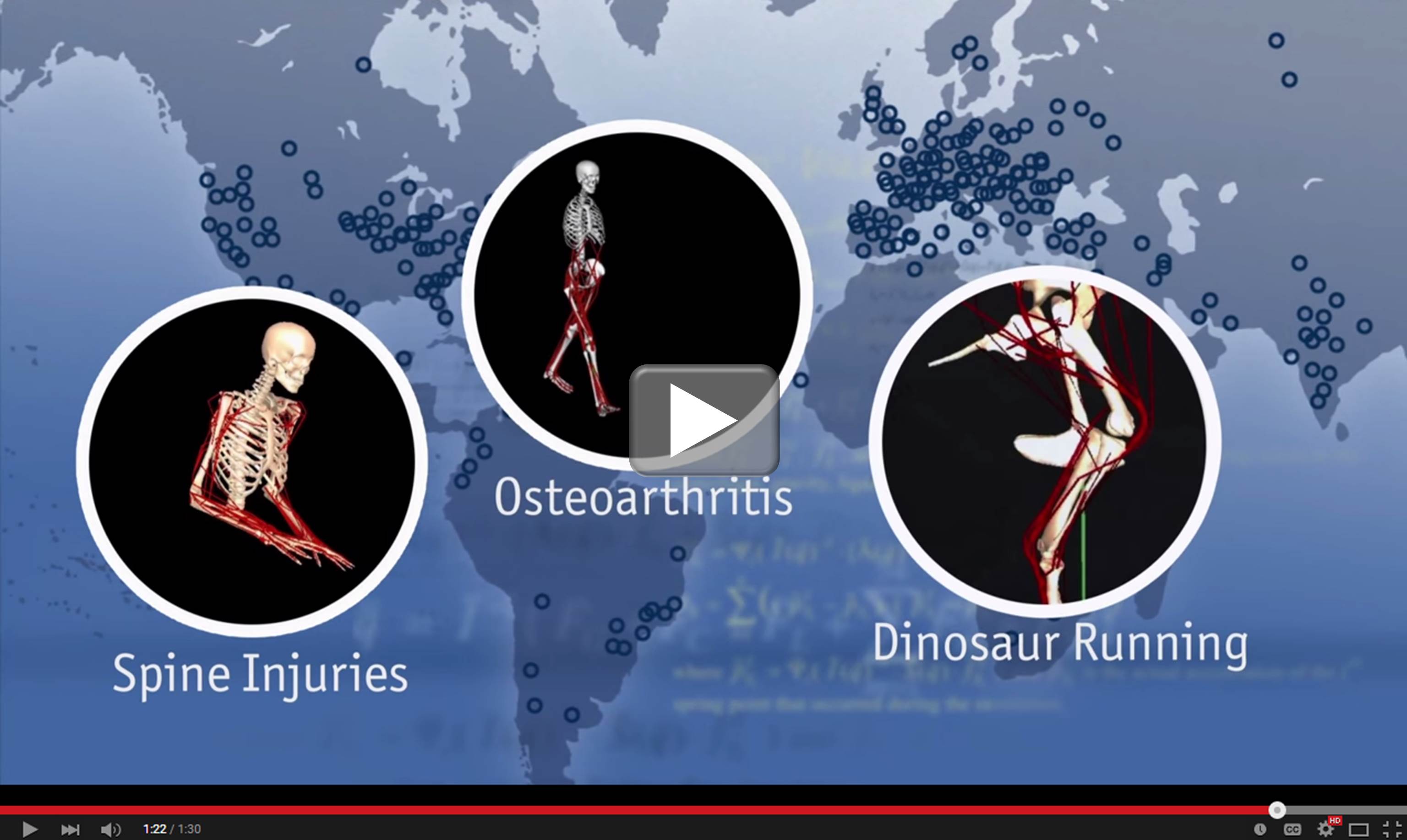cerebral palsy
Robotic Exoskeleton Could Be Right Step Forward for Kids with Cerebral Palsy
Posted on by Dr. Francis Collins
More than 17 million people around the world are living with cerebral palsy, a movement disorder that occurs when motor areas of a child’s brain do not develop correctly or are damaged early in life. Many of those affected were born extremely prematurely and suffered brain hemorrhages shortly after birth. One of the condition’s most common symptoms is crouch gait, which is an excessive bending of the knees that can make it difficult or even impossible to walk. Now, a new robotic device developed by an NIH research team has the potential to help kids with cerebral palsy walk better.
What’s really cool about the robotic brace, or exoskeleton, which you see demonstrated above, is that it’s equipped with computerized sensors and motors that can detect exactly where a child is in the walking cycle—delivering bursts of support to the knees at just the right time. In fact, in a small study of seven young people with crouch gait, the device enabled six to stand and walk taller in their very first practice session!
Cool Videos: Better Computation, Better Hope for Movement Disorders
Posted on by Dr. Francis Collins
 Avatar. Pick your Sim. The entertainment world has done an amazing job developing software that generates animated characters with strikingly realistic movement. But scientists have taken this one step further to create models that can help kids with cerebral palsy walk better, delay the onset of osteoarthritis, and even answer a question in the minds of children of all ages: How exactly did T. rex run?
Avatar. Pick your Sim. The entertainment world has done an amazing job developing software that generates animated characters with strikingly realistic movement. But scientists have taken this one step further to create models that can help kids with cerebral palsy walk better, delay the onset of osteoarthritis, and even answer a question in the minds of children of all ages: How exactly did T. rex run?
That’s what the researchers behind this video—an entrant in the NIH Common Fund’s recent video competition—have done. They’ve developed OpenSim: a free software tool that combines state-of-the-art musculoskeletal modeling and dynamic computer simulations to produce highly accurate representations of the underlying biomechanics of motion. OpenSim was designed at the NIH-supported center for physics-based Simulation of Biological Structures (Simbios) at Stanford University, Palo Alto, CA. And now, researchers around the world are using OpenSim to find more effective interventions for a variety of movement disorders.
Links:
NIH Common Fund Video Competition
OpenSim (Stanford University, Palo Alto, CA)
NIH Support: Common Fund; Eunice Kennedy Shriver National Institute of Child Health and Human Development; National Institute for General Medical Sciences
